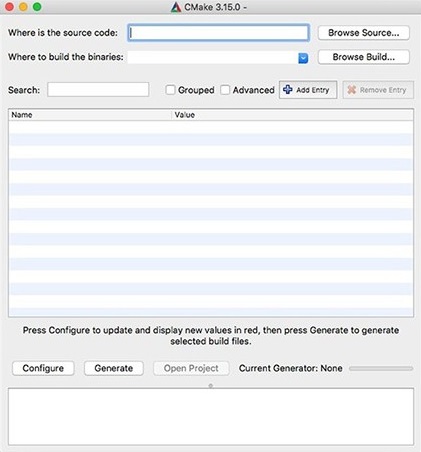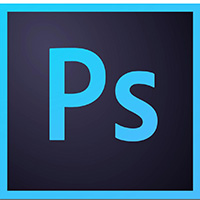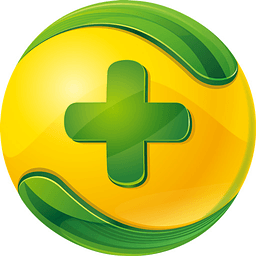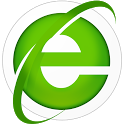The official version of CMake For Mac is a cross-platform compilation tool suitable for use on the Mac platform. CMakeFor
The official Mac version can help users use simple statements to describe the installation (compilation process) of all platforms and generate native makefiles and workspaces that can be used in the selected compiler environment. CMakeFor
Mac is also used to control the software using simple platform and compiler independent configuration files for the compilation process.
Things to note:
Sometimes you will encounter errors when downloading and installing Mac software. Now the editor of Huajun will sort out the more common error situations and provide answers. Friends who encounter errors can refer to the following solutions:
1. "The xxx software is damaged and cannot be opened. You should move it to the Trash"
2. "The xxx software cannot be opened becauseApple can't check if it contains malware"
3. "Cannot open... software because it is from an unidentified developer"
The solution is as follows:
1. Set up on your Mac computerOpen any source.
2. If the error cannot be resolved by opening any source, it means that the application is subject to Apple's restrictions on unsigned applications and needs to bypass application signature authentication by executing command line code. Execute command bypassiosnotarizationGatekeeper.
3. If neither of the above two methods works, then you need toclosureSIPSystem integrity protection.
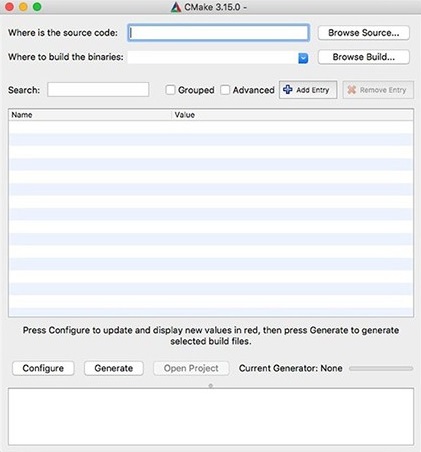
CMake For Mac software features
1. A scalable open source system that manages the build process in the operating system in a compiler-independent manner. .
2. Unlike many cross-platform systems, it is designed to be used in conjunction with local build environments.
3. It can generate a local build environment that will compile source code, create libraries, generate wrappers and build executables in any combination.
4. Supports in-place and out-place builds, so multiple builds can be supported from a single source tree. It also supports static and dynamic library building.
5. Supports complex directory hierarchies and applications that rely on multiple libraries.
6. Handle the situation where an executable file must be built in order to generate code that is subsequently compiled and linked into the final application.
7. Many predefined commands are provided, but you can add your own commands if needed.
8. Add additional makefile generators for specific compiler/operating system combinations. (While Unix and msvc++ are currently supported, other developers are adding other compiler/OS support).
CMake For Mac software features
CMake is a cross-platform installation (compilation) tool that can use simple statements to describe the installation (compilation process) of all platforms. It can output various makefiles or project files, and can test the C++ features supported by the compiler, similar to automake under UNIX. only
The configuration file of CMake is named CmakeLists.txt. Cmake does not directly build the final software, but generates standard build files (such as Unix Makefile or
Windows Visual C++
projects/workspaces), and then use it in the normal construction method. This allows developers who are familiar with an integrated development environment (IDE) to build their software in a standard way. This ability to use the native build system of each platform is
What differentiates CMake from other similar systems like SCons.
CMake can compile source code, create libraries, generate adapters (wrappers), and build executable files in any order. CMake supports in-place
construction (binary files and source code are in the same directory tree) and out-of-place construction (binary files are in other directories), so it is easy to build multiple binaries from the same source code directory tree. Shift. CMake
It also supports the construction of static and dynamic libraries.
How to use CMake For Mac
All CMake statements are written in a file called: CMakeLists.txt. After the CMakeLists.txt file is determined, you can use the ccmake command to configure the relevant variable values. This command must point to the directory where CMakeLists.txt is located. After the configuration is completed, use the cmake command to generate the corresponding makefile (in Unix
like system) or project file (when compiled with the corresponding programming tool under window).
The basic operation process is:
1. $> ccmake directory
2. $> cmake directory
3. $> make
Where directory is the directory where CMakeList.txt is located;
The first statement is used to configure compilation options, such as the VTK_DIR directory
, generally this step does not require configuration, just execute the second statement directly, but when an error occurs, it needs to be configured here, and this step really comes in handy;
The second command is used to generate a Makefile based on CMakeLists.txt;
The third command is used to execute the Makefile, compile the program, and generate an executable file;
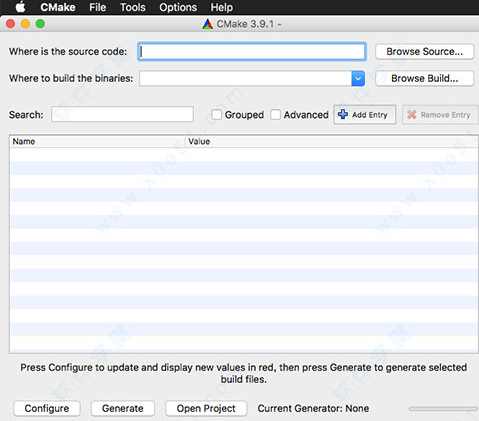
CMake For Mac update log
Sweep the bug out and carry it out to the end
Optimize user feedback issues and improve detailed experience
Huajun editor recommends:
CMake For Mac is so easy to use. It is one of the best software among applications. I believe friends who have used it will say it is easy to use. If you don’t like it, we also have eZip, ChemDraw Professional, and Mac OS X.







